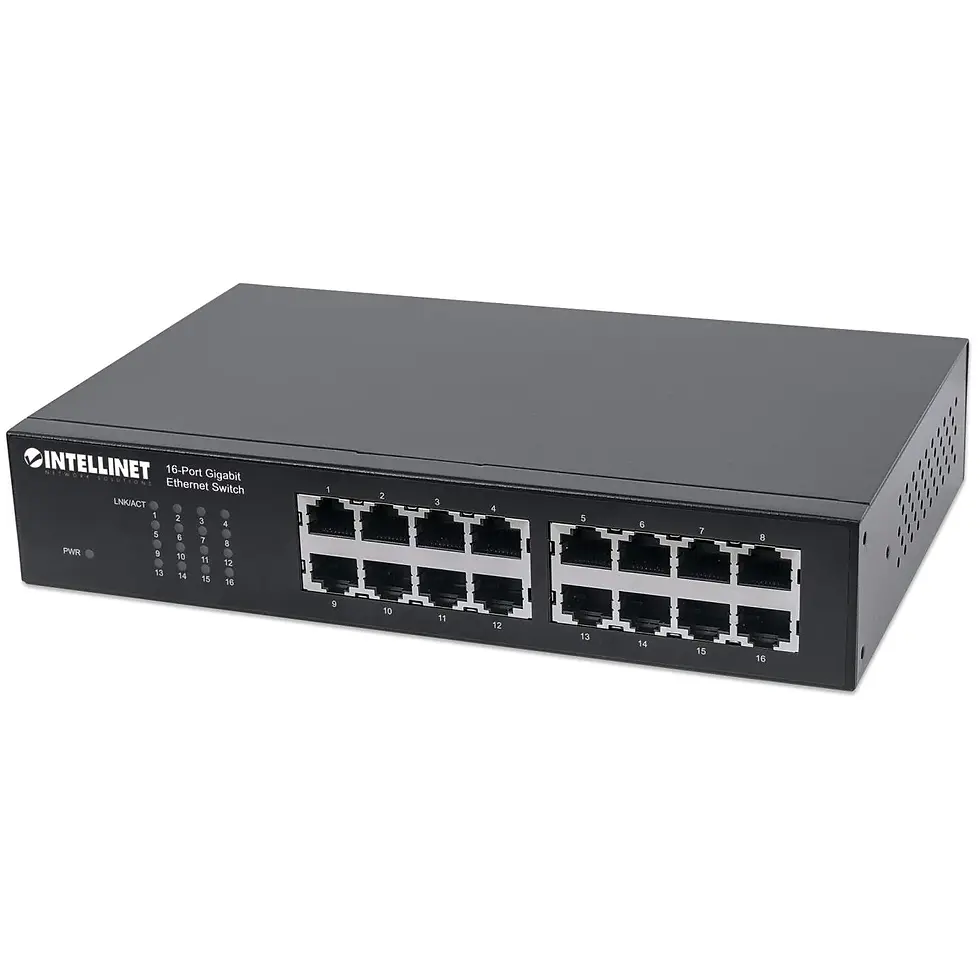What's the Difference Between a Switch, Router, and Patch Panel?
- brianjvallenas2
- May 12, 2023
- 2 min read
If you’re in the market for networking equipment, you’ve likely come across the terms switch, router, and patch panel. While they may all look similar at first glance, these devices have very different functions. In this blog post, we’ll explore the differences between a switch, router, and patch panel.
Switch:
A switch is a device that connects multiple devices on a network. It allows devices to communicate with each other by directing data to the appropriate recipient. Switches are commonly used in local area networks (LANs) to connect computers, printers, and servers. They come in different sizes and can support different speeds, ranging from Fast Ethernet to 10 Gigabit Ethernet. Switches also have different types of ports, including Ethernet, fiber, and SFP+.
Router:
A router is a device that connects multiple networks together. It directs data between networks and determines the best path for the data to take. Routers are commonly used to connect a LAN to the internet. They come in different sizes and can support different speeds, ranging from Fast Ethernet to 100 Gigabit Ethernet. Routers also have different types of ports, including Ethernet, fiber, and SFP+.
Patch panel:
A patch panel is a device that provides a central location to terminate cables from different locations in a building or data center. It allows network administrators to easily make changes or upgrades to a network without having to physically access each individual device. Patch panels typically have ports for Ethernet, fiber, and other types of cables. They come in different sizes, with the number of ports ranging from 12 to 96 or more.
Differences:
While switches, routers, and patch panels may look similar, they serve very different functions. A switch is used to connect devices within a network, while a router is used to connect multiple networks together. A patch panel is used to terminate cables from different locations in a building or data center.
Another key difference is the type of ports each device has. Switches and routers have ports for Ethernet, fiber, and SFP+, while patch panels typically only have ports for Ethernet and fiber.
Conclusion:
In conclusion, switches, routers, and patch panels are essential networking devices that serve different purposes. A switch is used to connect devices within a network, a router is used to connect multiple networks together, and a patch panel is used to terminate cables from different locations in a building or data center. Understanding the differences between these devices can help you make informed decisions when purchasing networking equipment for your organization.



